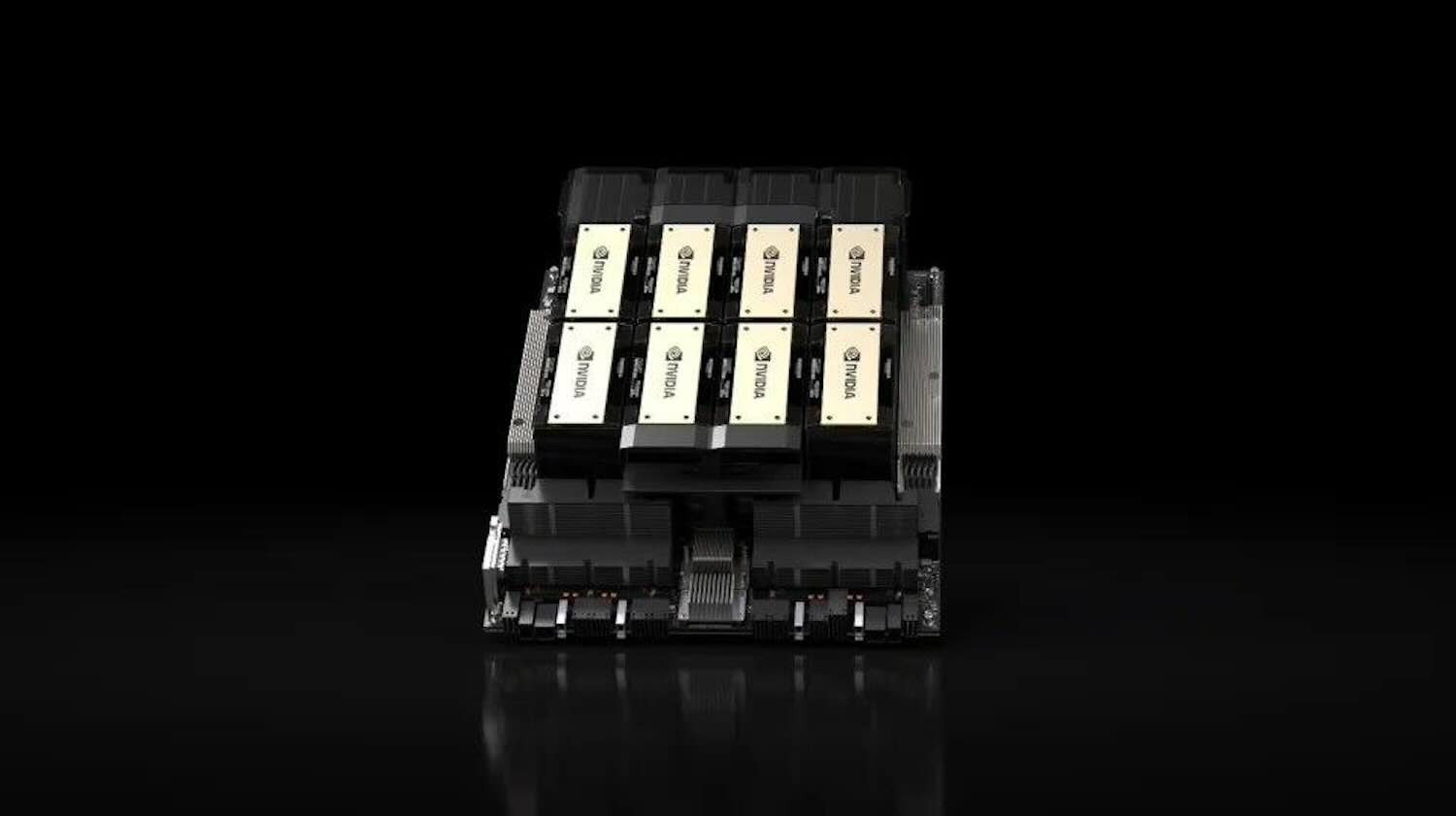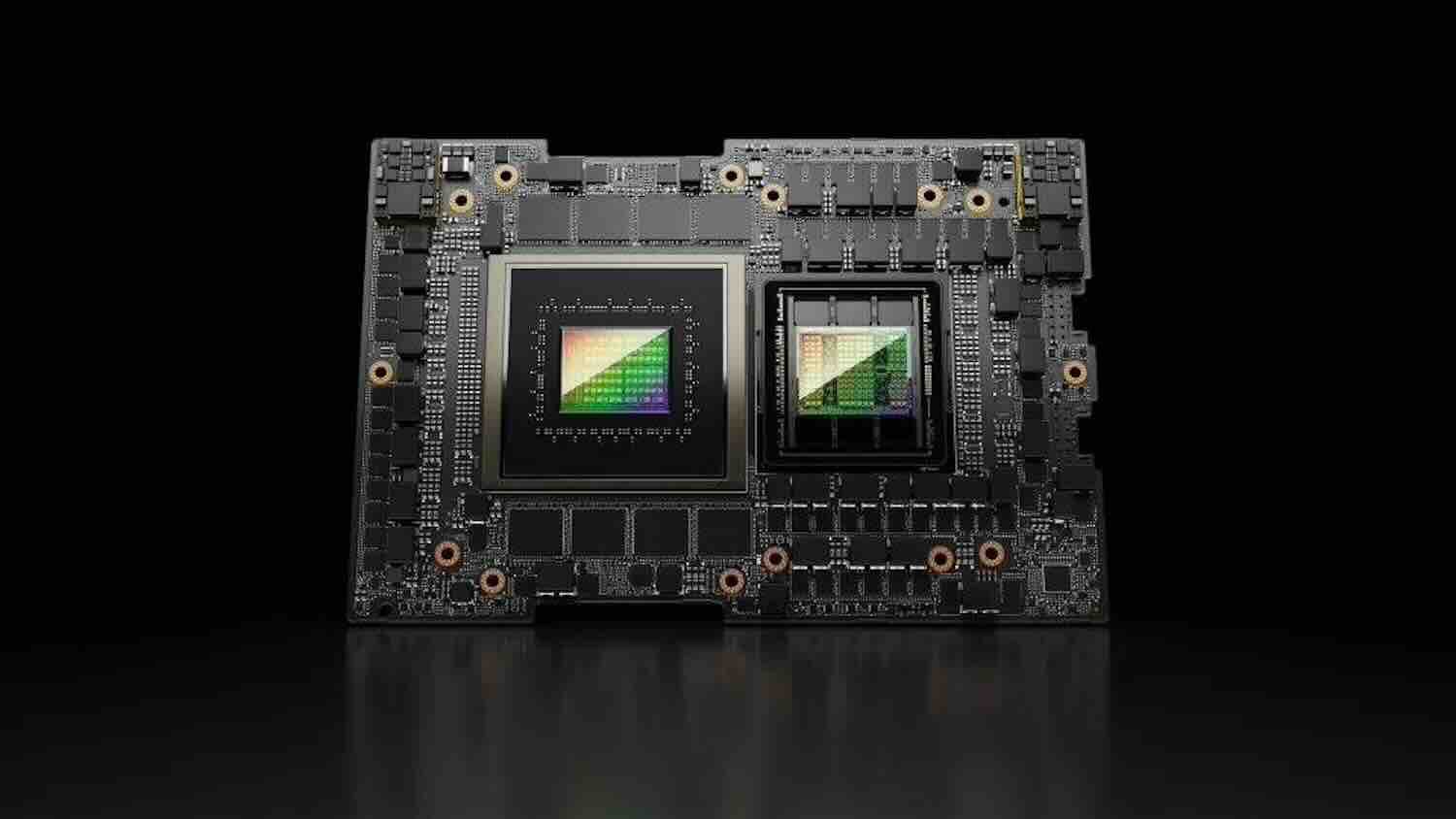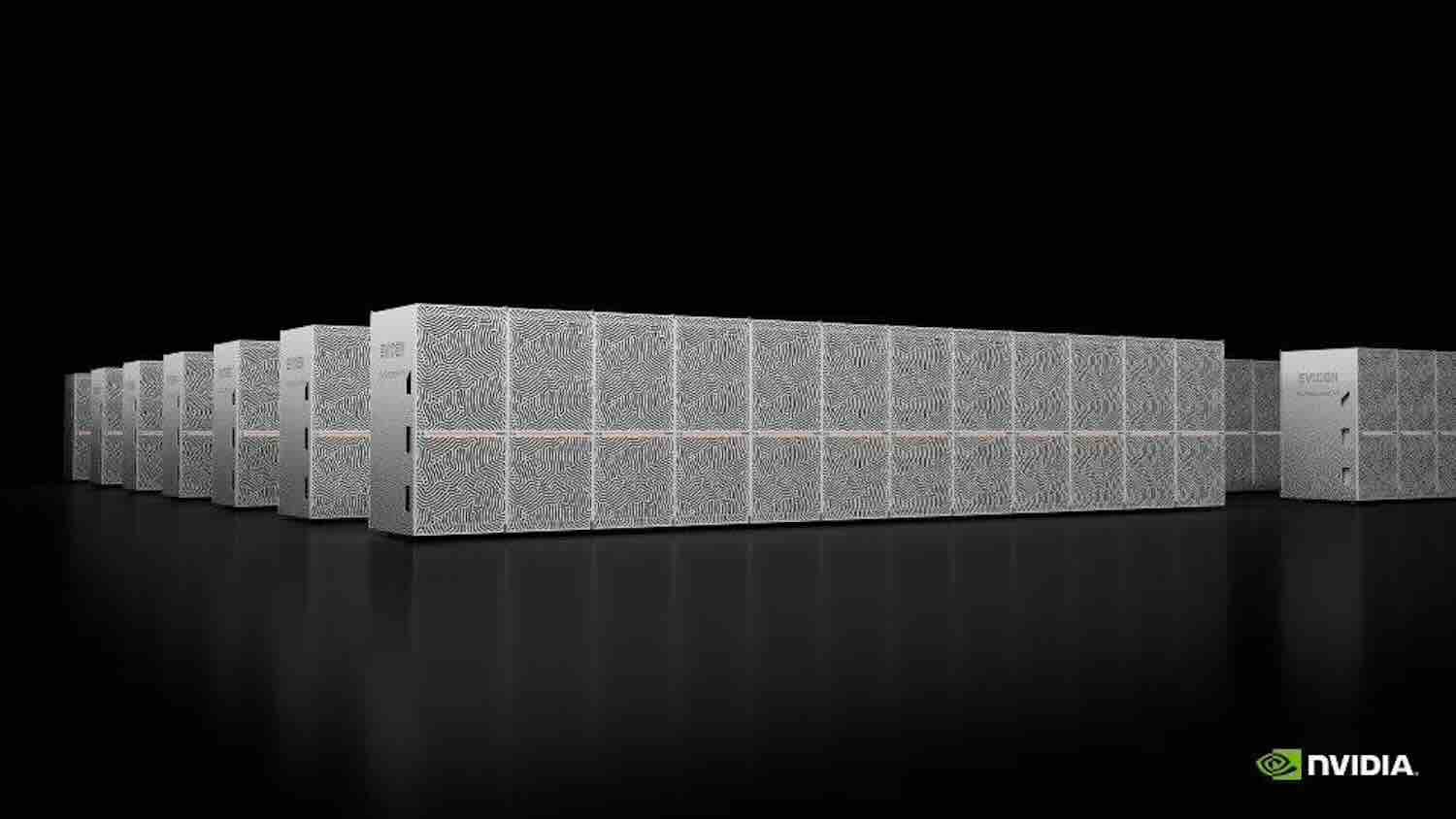Vn-Z.vn On November 14, 2023, NVIDIA announced the next generation of artificial intelligence supercomputer processors. These processors will play a crucial role in deep learning and large language models (LLM), such as OpenAI's GPT-4. The new processors represent a significant leap forward compared to the previous generation and will be used in data centers and supercomputers to handle tasks such as weather and climate prediction, drug discovery, quantum computing, and more.
The key product unveiled in this announcement is the HGX H200 GPU based on NVIDIA's "Hopper" architecture. It is the successor to the H100 GPU and the company's first chip to use HBM3e memory, which offers higher speed and larger capacity, making it more suitable for large language models. NVIDIA states, "With HBM3e, the NVIDIA H200 provides 141GB of memory at a speed of 4.8 TB/s, nearly doubling the capacity and increasing bandwidth 2.4 times compared to the A100."

In the field of artificial intelligence, NVIDIA claims that the HGX H200 achieves twice the inference speed on the Llama 2 model (LLM with 700 billion parameters) compared to the H100. The HGX H200 will be available in 4-way and 8-way configurations and is fully compatible with the hardware and software in the H100 system. It will be suitable for every type of data center (local, cloud, hybrid cloud, and edge) and will be deployed by leading cloud service providers such as Amazon Web Services, Google Cloud, Microsoft Azure, and Oracle Cloud Infrastructure, expected to launch in the second quarter of 2024.

Another significant product announced by NVIDIA is the "GH200 Grace Hopper Superchip," which combines the HGX H200 GPU and NVIDIA Grace CPU based on Arm architecture through the company's NVLink-C2C interconnect. NVIDIA describes it as a "superchip" designed specifically for supercomputers, enabling "scientists and researchers to tackle the world's most complex problems by accelerating TB-scale data AI and HPC applications." The GH200 will be used in "over 40 AI supercomputers" globally by research centers, system manufacturers, and cloud service providers, including Dell, Eviden, HPE, Lenovo, QCT, and Supermicro. A notable example is HPE's Cray EX2500 supercomputer, which will use four GH200 slots, scalable to thousands of Grace Hopper superchip nodes.

Perhaps the most prominent Grace Hopper supercomputer is the JUPITER located in Germany's Jülich factory, which, after installation in 2024, will become the "most powerful AI system in the world." It utilizes a liquid cooling architecture, and its enhancement module consists of nearly 24,000 NVIDIA GH200 superchips interconnected through the NVIDIA Quantum-2 InfiniBand network platform.
NVIDIA states that JUPITER will contribute to scientific breakthroughs in various fields, including climate and weather prediction, generating high-resolution climate and weather simulations, and interactive visualization. It will also be used in drug discovery, quantum computing, and industrial engineering, with many areas relying on customized NVIDIA software solutions that simplify development but also make supercomputing teams dependent on NVIDIA hardware.
NVIDIA achieved a record $10.32 billion in revenue in the AI and data center domain (total revenue was $13.51 billion), representing a 171% year-over-year increase. NVIDIA undoubtedly hopes that the new GPU and superchips will help continue this trend.
The key product unveiled in this announcement is the HGX H200 GPU based on NVIDIA's "Hopper" architecture. It is the successor to the H100 GPU and the company's first chip to use HBM3e memory, which offers higher speed and larger capacity, making it more suitable for large language models. NVIDIA states, "With HBM3e, the NVIDIA H200 provides 141GB of memory at a speed of 4.8 TB/s, nearly doubling the capacity and increasing bandwidth 2.4 times compared to the A100."



NVIDIA states that JUPITER will contribute to scientific breakthroughs in various fields, including climate and weather prediction, generating high-resolution climate and weather simulations, and interactive visualization. It will also be used in drug discovery, quantum computing, and industrial engineering, with many areas relying on customized NVIDIA software solutions that simplify development but also make supercomputing teams dependent on NVIDIA hardware.
NVIDIA achieved a record $10.32 billion in revenue in the AI and data center domain (total revenue was $13.51 billion), representing a 171% year-over-year increase. NVIDIA undoubtedly hopes that the new GPU and superchips will help continue this trend.
